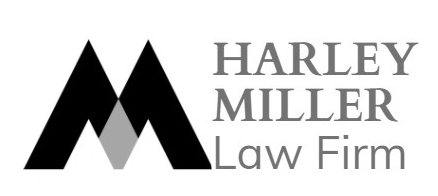Before registering for trademark, you must do a thorough trademark search. This is to ensure that the mark you want to use, or a similar mark, hasn’t already been registered by another company for the same or comparable product. To avoid future violation of other people’s trademark rights, the search range is not only in your own country but also in potential exporting countries.
Your company can do the trademark search on its own or hire the services of any industrial property representative. You can also search through a national trademark office (for free or for a fee) or a trademark database. Whatever approach you use, remember that a trademark search is just a preliminary step. It is not easy to guarantee that your trademark choice is not “confusingly similar” to existing registered trademarks. Therefore, the counsel and guidance of a professional industrial property agency experienced with trademark office operations and court decisions is especially helpful.
However, before contacting an industrial property agency, check if national trademark office (or trademark information service company) provides a free online trademark database that you may use to do your own preliminary search. The WIPO website has a list of trademark databases at: http://ecommerce.wipo.int/databases/trademark.
Trademarks are divided into “groups” based on the goods and distinguished services (an explanation of the worldwide system of mark category at: www.wipo.int/classifications/en/nice/about). Thus, you can become familiar with 45 distinct brand groups.
Trademark group
In most countries, when registering a trademark, you must clarify the goods and/or services that you are trademarking and classify them into “groups”. Groups are teams listed in the international trademark classification system. The trademark grouping system stores data about registered trademarks based on different categories of goods and services. This significantly enhances information inquiry. You should register your trademark in all classes in which you want to use it.
The International Classification of Goods and Services for Trademark Registration (commonly known as the Nice Classification) is the most widely used, with 34 groups of goods and 11 groups of services.
For example:
How are products classified? Consider the following case. If your company produces knives and forks, your trademark application must be submitted for group 8. However, if you want to sell other kitchen utensils (such as containers, pans, or pots) with the same mark, you must register the trademark for the respective class of goods, it is group 21. In certain nations, you must submit each application for each product, while in others, you can submit one application to various groups.





